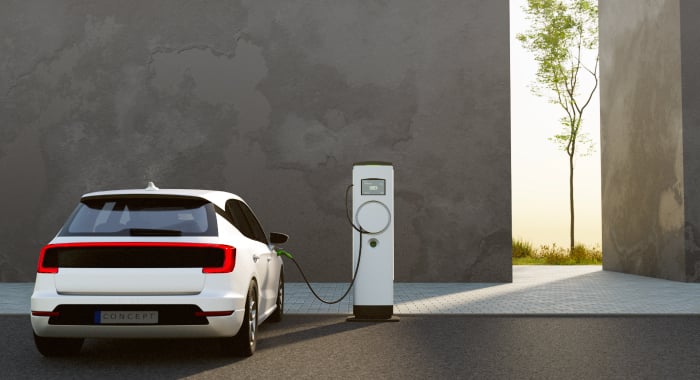The Inflation Reduction Act (IRA) was recently signed into law by President Biden. Along with funding for initiatives across the social services spectrum, it also includes the country’s largest investment for a transition from fossil fuels to clean energy by electrifying our grid and making our systems more energy efficient. With revised incentives for electric vehicles, the IRA will slowly but surely help Americans reduce our dependence on fossil fuels.
$7,500 Requirements for the Revised EV Tax Rebate:
The Electric Vehicle (EV) tax rebate is being revised (section 30D of the IRA), requiring the final assembly of the vehicle to take place in North America. The revised rebate also lifts the 200,000 manufacturer cap in 2023; previously, if a car company sold 200,000 cars that had claimed the rebate and you bought the 200,001 vehicle, you would not have been eligible for the rebate.
New Manufacturer Suggested Retail Price (MSRP) and income limits will also be enacted in 2023. Section 30D(g) also outlines an ability to transfer the tax credit to an ‘eligible entity’ starting in 2024. Which means, that you can transfer the tax credit to a dealer in order to receive the $7,500 rebate immediately.
|
MSRP Limits: |
|
|
SUVs, vans, pick-up trucks |
Sedans |
|
Income limits by tax status |
||
|
Single |
Head of household |
Filing jointly |
Qualifying EVs will need to meet both critical mineral and battery component requirements to qualify for the maximum credit, but may qualify for partial tax credit if one of the two requirements are met.
- Must meet the critical mineral requirement to qualify for $3,750 of the tax rebate. The critical mineral percentage will start at 40% raising 10% a year until it reaches 80%.
- Meet the battery component requirement to qualify for the other $3,750 of the tax rebate. Starting at 50% and rising.
- Starting in 2024, the battery component foreign entities of concern rule comes into effect. Battery components cannot be sourced from countries classified as a foreign entity of concern.
- In 2025, the critical minerals sourced from foreign entities of concern rule begins. The rule states that minerals that go into an EV battery cannot be sourced from counties that are classified as a foreign entity of concern.
Used EV tax credit:
Section 25E explains how the tax rebate for used electric vehicles will work. This is a new tax credit that did not exist in the previous EV tax rebate and offers those buying a used EV a rebate of $4,000 or 30% of the cost of the used EV (whichever is the less) as outlined in section 25E(a).
- The EV must be purchased from a dealer for a sale price that does not exceed $25,000 (Section 25E(c)(3)).
- A qualifying vehicle is defined as a vehicle with a model year of at least two years earlier than the calendar year in which the taxpayer purchases the vehicle. The vehicle has a gross weight of 14,000 lbs. has a battery capacity of 7kWh or more and can be recharged from an external source of electricity.
- The transfer of tax credit as outlined in the new EV benefits will also take effect on January 1st, 2024.
|
Income limits by tax status (used) |
||
|
Single |
Head of household |
Filing jointly |
To see which vehicles qualify for the tax credit’s ‘final assembly occurred in North America’, visit U.S Department of Energy Alternative Fuels Data Center (https://afdc.energy.gov/laws/electric-vehicles-for-tax-credit). Learn more at IRS.gov.





